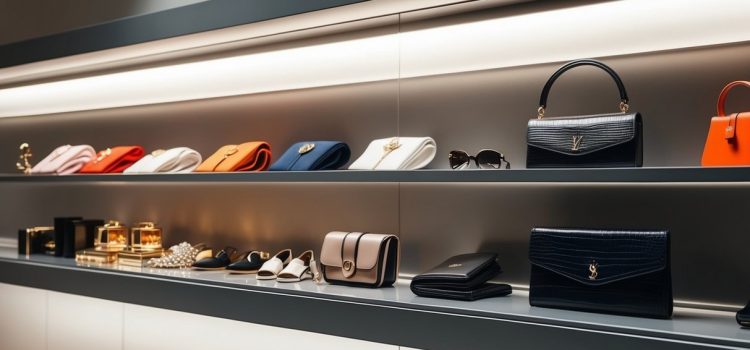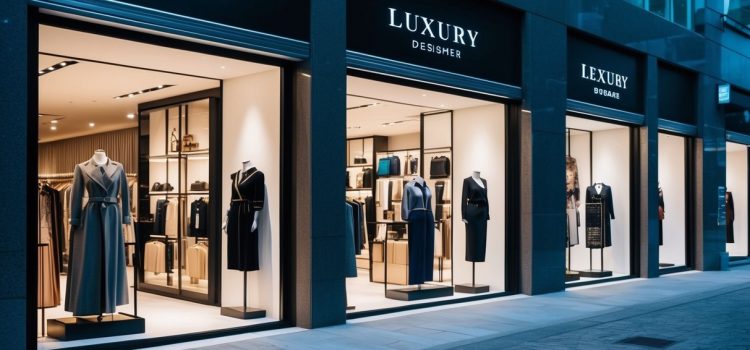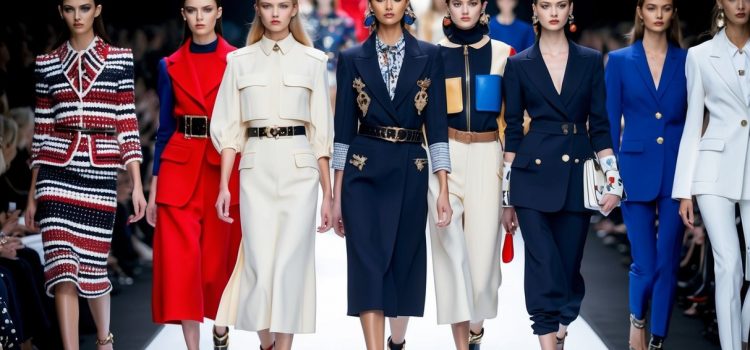
Timeless fashion pieces are the foundation of a versatile wardrobe and can elevate any style. Investing in these essential items ensures that one is always prepared for any occasion without the stress of styling complications. From classic denim jackets to little black dresses, these staples never go out of style and can be mixed and matched effortlessly.

Each piece holds the power to transcend trends, making them invaluable for anyone looking to create a lasting impression. They provide flexibility and creativity, allowing individuals to express their unique tastes while remaining fashion-forward. With the right timeless pieces, anyone can enjoy a polished look that endures through changing seasons.
Exploring these essential items not only inspires great outfits but also serves as a reminder of the art of dressing well. By focusing on quality and versatility, one can curate a collection that truly reflects personal style while ensuring readiness for any event.
Essential Timeless Fashion Pieces
Timeless fashion pieces serve as the foundation of a versatile wardrobe. These items not only withstand trends but also enhance personal style with minimal effort.
The Little Black Dress
The little black dress (LBD) is a crucial element in every woman’s wardrobe. Its versatility allows it to transition effortlessly from day to night.
Key features include:
- Simple Design: Often characterized by a sleek silhouette, making it easy to accessorize.
- Color Flexibility: Black pairs well with various colors and styles, allowing for numerous outfit combinations.
- Occasion Versatility: Suitable for a range of settings, from formal events to casual gatherings.
Choosing a tailored version enhances sophistication. Adding statement jewelry or heels can elevate the look for special occasions.
Classic Trench Coat
A classic trench coat is an enduring outerwear choice that exudes elegance and functionality. Its design incorporates elements that protect against the elements while providing style.
Notable aspects include:
- Fabric Quality: Traditionally made from waterproof materials, ensuring durability.
- Timeless Color Palette: Commonly available in beige, black, and navy, which complement many outfits.
- Functional Design: Features such as a belted waist and double-breasted buttons provide both a flattering fit and utility.
This coat can be layered over casual or formal attire, making it a staple item in transitional weather.
Tailored Blazer
The tailored blazer is essential for adding polish to both professional and casual looks. Its structured fit elevates an outfit instantly.
Key points to consider:
- Fit and Structure: A well-tailored blazer defines the shoulders and waist, creating a sharp appearance.
- Versatility: Can be worn over dresses, with trousers, or paired with jeans for a smart-casual vibe.
- Color and Fabric Variations: Available in various fabrics like wool, cotton, or linen, and in an array of colors.
Investing in a classic navy or black blazer is wise, as it serves as a foundation for countless outfits.
Footwear Fundamentals
Footwear serves as a crucial component of a timeless wardrobe. Proper selections can enhance style and functionality, making them essential investments.
Leather Loafers
Leather loafers offer a combination of comfort and sophistication. Their sleek design makes them suitable for both formal and casual occasions. A quality pair should feature premium leather that molds to the foot over time.
When choosing loafers, consider a classic color like black or brown for versatility. They can be paired with tailored trousers for work or jeans for a relaxed outing. Look for details such as stitching and a cushioned insole to ensure durability and comfort.
Caring for leather loafers is important for longevity. Regular polishing and storing them properly can keep them looking new. Investing in a good pair will provide both style and practicality.
Black Pumps
Black pumps are a staple in women’s fashion and serve multiple purposes. They can elevate any outfit, making them ideal for professional settings or evening events.
A classic pointed toe design provides a chic silhouette. Choose pumps with a comfortable heel height to ensure wearability throughout the day. Material quality matters; leather or suede options generally offer more longevity and style.
Pair black pumps with pencil skirts, dresses, or tailored pants for a polished look. They can also transition well from day to night, making them versatile footwear. Regularly cleaning and conditioning the material will help maintain their appearance.
White Sneakers
White sneakers are a modern wardrobe essential, known for their versatility and comfort. They can be dressed up or down, making them suitable for various occasions.
Select a pair with a timeless design, focusing on quality materials like leather or canvas. Good arch support and cushioning are important for all-day wear.
White sneakers pair well with everything from jeans to dresses, enhancing any casual outfit. A simple maintenance routine—wiping them down and using protective sprays—can keep them looking fresh. Investing in a durable pair ensures they can withstand frequent wear.
Versatile Accessories

Accessories can elevate an outfit, offering both style and functionality. Key pieces like a leather belt, timepiece, and simple gold necklace are essential for a well-rounded wardrobe.
Leather Belt
A leather belt is a staple that adds polish to any look. It serves both practical and aesthetic purposes, holding trousers securely while enhancing the overall silhouette. Available in various widths, colors, and finishes, it can effortlessly transition from casual to formal settings.
Choosing a high-quality leather belt ensures durability and a classic appearance. A black or brown option often pairs well with most outfits, making it versatile. Look for a reversible style for added functionality, allowing it to match different shoes or ensembles.
Timepiece
A timepiece is more than just a way to tell time. It acts as a statement accessory that reflects personal style. From classic analog designs to sleek digital options, the variety available accommodates different preferences and occasions.
Opting for a watch with a simple face and neutral band enhances versatility. A stainless steel or leather band can seamlessly transition from work to social events. Investing in quality ensures longevity and a timeless addition to any outfit.
Simple Gold Necklace
A simple gold necklace adds subtle elegance to any ensemble. Its versatility allows it to complement both casual and formal outfits without overwhelming the overall look. It can be worn alone for a minimalist flair or layered with other pieces for more impact.
Choosing a delicate chain ensures it can be paired effortlessly with various necklines. Consider options with unique pendants or charms to personalize the accessory. Additionally, gold’s warm tone blends well with most other colors, making it a timeless choice.



























Comments
Hello world!
Pic of the week: Sunset at margate beach
The first day’s journey was through the pink fields
The first day’s journey was through the pink fields
The first day’s journey was through the pink fields